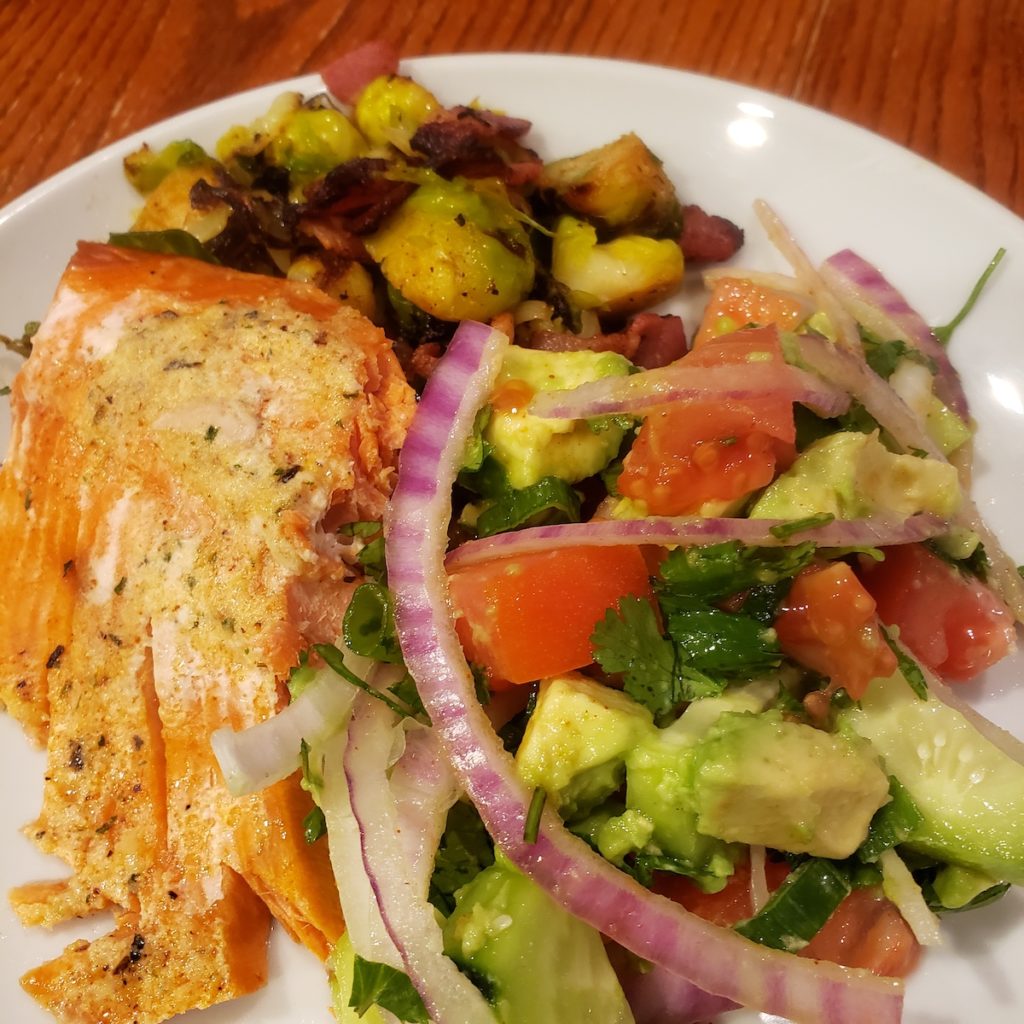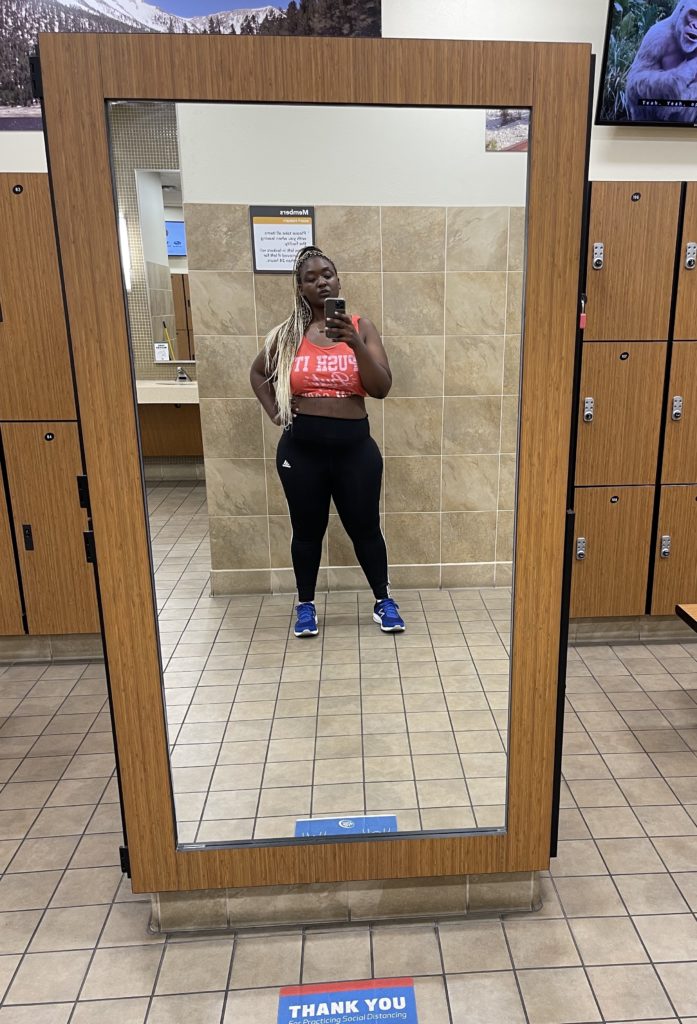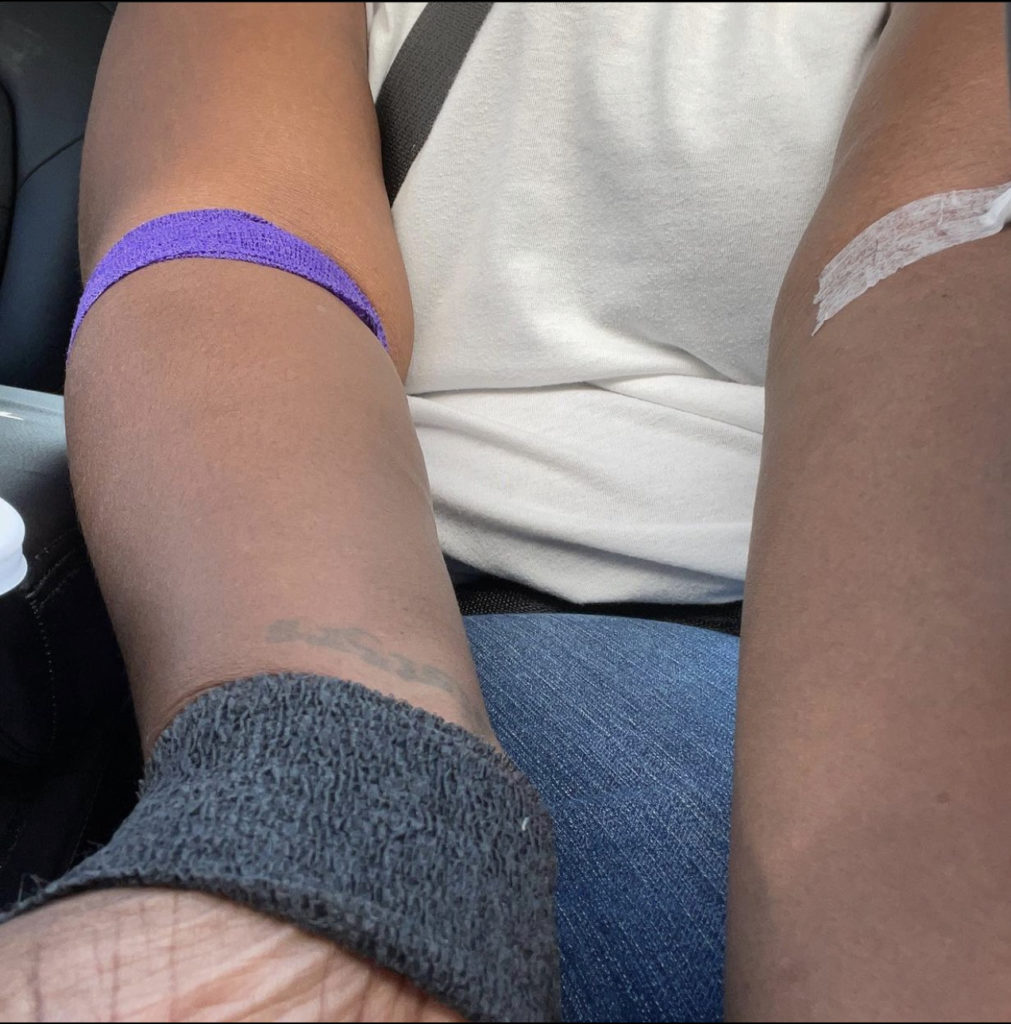Op-Ed: Misdiagnosis and a Journey to Healing With Lyme Disease
I was convinced the only reason a social worker hadn’t visited my exam room was because I was one. It was close to my fifth ER visit in weeks and I could tell the staff was starting to question my sanity.
Today, my symptoms were extreme joint pain plus a swollen knee. The physician couldn’t deny that my leg had ballooned by 3 times its size, but her dismissive diagnosis proved she didn’t believe what I felt: that my body was on fire.
To be fair, WebMD didn’t give me a good diagnosis either. The ER doctor told me I had a case of “walking on it wrong,” and to wrap my leg with bandages and ice it. But there was no way ice was the answer to months of symptoms including fainting spells, excessive menstrual bleeding, and numbness in my hands and feet. When I asked for further evaluation, she looked at me harshly and said, “Maybe you should try losing weight.”
Six months later, I cried to a coworker about my suspicion of having Multiple Sclerosis after a bout of facial numbness and distortion.
That chance conversation led to an appointment with a functional medicine doctor who later diagnosed me with Lyme Disease coupled with Bartonella.
Prior to my diagnosis, the extent of my knowledge about Lyme Disease was what I had learned on an episode of Real Housewives of Beverly Hills—which, as you’d expect, wasn’t much. So, I joined Lyme support groups to educate myself, and that’s when it became clear that my story was just one of many in this silent epidemic. A new report based on nearly 90 studies found that over 14 percent of the global population and 9 percent of North Americans may have or previously had Lyme Disease. However, getting a proper and swift diagnosis continues to be a burden for thousands.
For those who don’t know, Lyme Disease is caused by a tick bite, often followed by flu-like symptoms and possibly a bull’s-eye rash.
If treated with antibiotics within 30 days, you can recover with few to no long-term complications. However, most people don’t experience these symptoms, allowing the disease to lie dormant and attack parts of your body like the nervous system, joints, and heart. Common signs of untreated Lyme include swollen knees, headache, neck stiffness, arthritis, nerve pain, inflamed joints and spine, and facial palsy.
Physicians often attribute these symptoms to other medical conditions such as the common flu or chronic fatigue syndrome. Other times, they simply explain the pain away before even considering Lyme. Poor diagnostic testing coupled with the polarizing cost of care often causes many to go untreated, forcing many to suffer in silence with pain and mental health challenges. And even for those, like myself, who get an answer to their mystery illness, the average person spends approximately $16,000 testing, treatments, and loss of wages because much of the healing process is not covered by insurance.
That doctor from my story had “explained away” my failing health with my weight.
She also left me with no explanation for why it was important to adjust my lifestyle to better my condition. It drastically affected my mental health and convinced me for months that all the ailments plaguing my body were my fault.
As a therapist of 10+ years, I know these types of unfounded comments—often cast upon women—can trigger depression, anxiety, and unhealthy relationships with our bodies. However, one of the positives I was able to take away from the encounter was that I might have had more control over my discomfort than I thought.

Despite how much she was in the wrong, the truth was that I did need to evaluate my relationship with health and wellness
… a relationship that had stayed in the “it’s complicated” phase for far too long.
I was always a chubby kid growing up. However, I didn’t realize this was something I “needed” to be embarrassed about until a girl in middle school called me fat during a blacktop argument. That day, I went home questioning my size for the first time, and soon those thoughts grew into enduring insecurities.
I started dieting at 14. I told my mom every few months which foods I was no longer eating, and joined every activity that would make me break a sweat. After 6 months, I dramatically slimmed down and flaunted my body in a mid-drift top every chance I got during the summer before 10th grade.
Then I started getting sick. I was on a strict vegetarian diet with no regard for the importance of protein, and my body started to respond. (Looking back, I believe this was the time I may have contracted Lyme Disease—20 years before my official diagnosis.)
Feeling mentally and physically defeated, I put on almost 50 pounds before graduating high school. More medical complications followed, and that coupled with years of yo-yo dieting landed me at 280 pounds the day I walked into that ER visit.

Joint pain was causing most of my discomfort at this stage of my illness. As a mother of two very active little girls, it slowed me down tremendously.
From my years of sitting in on patient exams as a medical social worker, I remembered that an anti-inflammatory diet helped with joint issues. So I placed my focus there.
I thought back to all the times I watched my elders create home remedies from the kitchen cabinet. Feeling nauseous? My grandmother would slice a lemon, sprinkle it with salt, and tell me to bite down. Had a sinus headache? My mother would steam up the bathroom with essential oils. Had a burn? Cool water, then apply some honey. For decades, I watched how food and plants could heal your body. So after begging for a remedy from western medicine, I figured my only option for relief would have to be DIY-ed.

After a few days of changing my nutrition around by adapting a low-histamine and Whole30 regimen, my leg swelling went down. After a few weeks on an anti-inflammatory diet, my joint pain subsided enough for me to start working out. I began to fall in love with fitness and living an active lifestyle.
It was not only beginning to heal my body, but it was also healing my mind. My depression and anxiety were slowly subsiding and the mental fog was lifting. I felt happier when I woke up. I was dancing in the kitchen with my kids in the morning, and I was smiling again. For the first time in a long time, I found myself heading to the gym out of desire instead of desperation. I even bought a gym bag, y’all!!!

Eventually, my family got tired of hearing about what I ate every day and what workout class I attended, so I started sharing my experiences online. Other women reached out to me to share their journeys with health and fitness and ask for accountability partners. I even got my kids to try broccoli (maybe the biggest achievement). The same girl nearing 300 pounds just months ago was now running a fitness support group online. I was blowing my own mind.
I had tons of setbacks along the way, but the reduction of symptoms continued to fuel my consistency.
However, I still couldn’t shake some of the chronic ailments like headaches, fatigue, and ocular distortions. By the time I was diagnosed with Lyme Disease, I had lost 50 pounds and had the healthiest relationship with food in my entire life. But the disease wouldn’t go down without a fight. I needed more help than just nutrition could offer.
I finally took the plunge and contacted the functional medicine doctor referred by my colleague. She was one of the leading specialists in the United States combating this illness, not only with Western medicine but herbal remedies, supplements, and nutrition changes. After a slew of tests to learn how my hormones, gut, and overall body had been affected by Lyme, she curated a custom treatment plan of 19 prescription meds and natural supplements. It was a much more aggressive regimen than the traditional approach of a few antibiotics, but years of living without treatment didn’t give me many alternatives.

That week, I started my treatment plan and it nearly knocked me to my feet multiple times. I am convinced that if my body was in the same state as it was six months before, I may not have been able to care for my children or myself during the initial phase of my treatment. My doctor said this rough patch was a jumpstart to my healing journey.
Nearly 9 months later, I received an “undetectable” Lyme result. It was one of the happiest days of my life. As I continue my treatment to completely expunge the Bartonella, nutrition and fitness remain an essential part of my treatment plan.

Now 70 pounds lighter and counting, I know that my morning medications are just as important as my morning run and smoothie. Now less anxious and more mentally fit, I know moments of calm and peace are just as important as those moments of focus and determination. With one disease down and one disease to go, I know the importance of wearing bug spray and long socks when I hike to avoid tick bites. Balance.
But the thing is, now that I know, my mission is to make sure others do too.
The most important next step for making sure people are properly diagnosed and receiving proper treatment is to get folks educated. Education turns Lyme from an invisible illness to a clear enemy. So, when you overhear your work wife lament about some of these symptoms, send her this article because she could have Lyme. She also couldn’t, but at least you’ll show her that you’re listening. And as my story and the story of countless others proves, that can be hard to find.
This is the experience of a contributing writer and should not be taken as medical advice. As always, consult with your medical provider for any concerns and before changing your diet or exercise routine.
Source by www.blogilates.com


